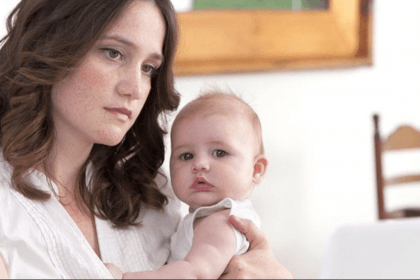Back & Neck / By Jarren Section, MD
The spine plays a critical role in the body’s structural network, keeping you upright and connecting different parts of your musculoskeletal and nervous systems. While debilitating back pain afflicts eight out of 10 adults at some point in their lifetime, the spine’s structure is something you may rarely consider—unless you have scoliosis.
Recognizable by its sideways curvature, scoliosis arcs and twists the spine’s vertical column into an “s” or “c” shape. Mild cases of scoliosis may be hardly noticeable, while the most severe cases may require corrective surgery.
The good news: even without surgery, there are many home-based treatment options to help you thrive with scoliosis.
Is at-home scoliosis treatment right for you?
First, you may be wondering whether at-home treatment is right for you—or whether your scoliosis requires more expert care and monitoring. A spine expert can walk you through your options to help figure out what treatment is best for you based on your history, overall balance, bone quality and other factors.
People who experience severe pain, significant curvature progression or neurologic/respiratory dysfunction will likely qualify for spinal surgery.
That said, most people with scoliosis will not require any surgical intervention. As a spine surgeon, my initial approach with scoliosis patients is non-operative treatment, beginning with consistent observation. By monitoring and tracking your curvature over time, we can ensure it does not interfere with your day-to-day life.
1. Initial at-home treatments for scoliosis

To treat mild scoliosis discomfort, relief may already be in your cupboard. These are the most common and effective at-home treatments for scoliosis:
- Over-the-counter medications like non-steroidal anti-inflammatory drugs (NSAIDs) and muscle relaxants will help alleviate everyday pain.
- Ice packs. Constant aching, pain that is worse at rest and recent injuries call for ice packs, which narrow blood vessels and numb pain.
- Heating pads. Treat chronic pain and stiffness with heat, which dilates the blood vessels, increasing tissue mobility and motion, and loosening the muscles for strengthening activity.
2. Get your exercise
Core and back strength are critical for maintaining spinal integrity and preventing scoliosis progression. A few types of exercise that you may find beneficial in strengthening your back and core include:
- Walking
- Swimming
- Cycling
- Resistance training
In addition to the above, gentle stretching may also bring you some pain relief.
You may also be prescribed a few sessions with a physical therapist. Physical therapy can help you learn proper exercise form without causing further injury. Once you learn how to correctly execute them, you can then perform the exercises at home.
3. Eat a well-balanced diet
As part of your scoliosis treatment, you may also be referred to a registered dietitian or nutritionist. For many patients, a well-balanced diet is a key component to maintaining mobility and spine health.
So, what’s a well-balanced diet? A nutritious diet that incorporates moderately high protein, sufficient carbohydrates, and healthy fats which is vital to maintaining an ideal weight. This could significantly improve scoliosis symptoms by easing the burden on back muscles and naturally improving posture and quality of life.
By caring for your spine through simple, easy to achieve habits, your scoliosis diagnosis needn’t be a “pain in the back.” The simple steps of moving better, eating better and taking good care of your body can help prevent the need for surgery and keep you healthy for years to come.
Concerned about back pain? Learn more about neck and back care at Baylor Scott & White. If your back pain persists longer than two weeks, talk to your doctor or find a doctor near you.
About the author
Jarren Section, MD
Jarren Section, MD, is a spine surgeon on the medical staff at Baylor University Medical Center.




